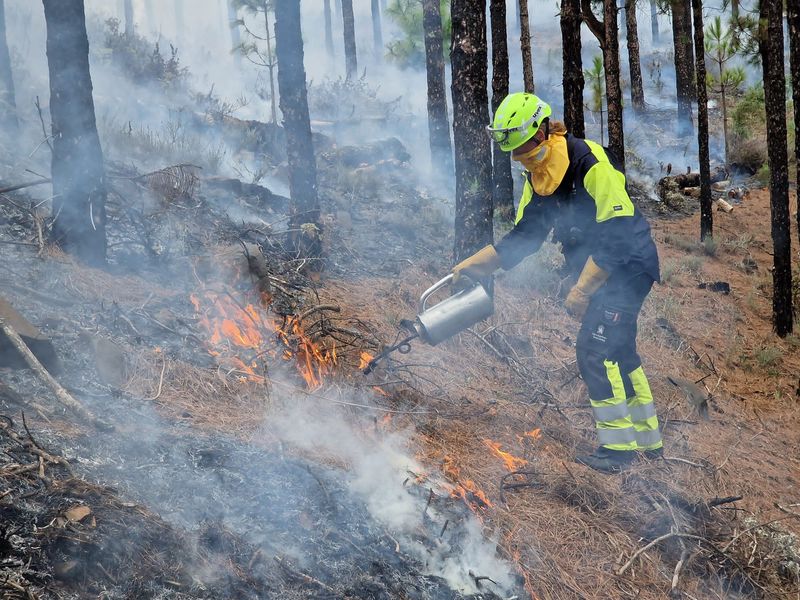2023 has seen the end of the three-year European project Respond-A (Horizon 2020). This project aimed to improve the emergency response, both in terms of efficiency and safety of operations, through the development of technologies.
“The main objective was to generate a common operational framework so that the different emergency services can work in a coordinated manner,” says the Respond-A Training Co-coordinator, Guillem Canaleta, from the Pau Costa Foundation.

The project was based on the problem of coordination that may exist between the different bodies involved in emergencies, derived from the use of different technologies, software, and operation systems. To improve this coordination, Respond-A proposed generating a common operational picture so that the different professionals involved in the emergency response have the same information and can communicate with each other more easily.
“The project has developed different technologies for each of the phases of the emergency response: data collection, for example on the state of the firefighters, the police, or other first responders, and on environmental conditions (temperature, toxic gases, etc.); the processing of all this information and, finally, its use for decision making. In the end, it is about the commander already managing the emergency receiving all the information digested to make decisions”, explains Guillem.
Respond-A has been coordinated by CERIDES – European University Cyprus, and 34 partner organisations from 13 different countries have been part of its consortium. These include industrial and commercial entities, first responders, research institutes, and universities. Specifically, the Foundation has been in charge of the training component.
“As there were many innovative technologies and, in addition, they worked both separately and in coordination with each other, at the beginning of the project it was believed that there should be a work package dedicated to training”, Guillem points out.

Between 15 and 20 varied technologies, such as virtual and augmented reality, sensors, wearables, mobile devices, real-time communication systems, robots, and unmanned vehicles have been developed. All these technologies help collect and simplify data so that they are digestible and first responders can use them to make decisions. To learn how to use the technologies and see their operability in different scenarios, Respond-A has carried out three pilots: an earthquake in Greece, a fire in Cyprus, and an oil spill in Spain.
“You simulate the scenario and, from there, challenges arise that you have to solve using the technologies and methods that you have developed for the project”, clarifies Guillem.

One of the activities of Respond-A was a series of webinars where the state of each technology and how they were integrated into the project were discussed. All webinars are available on their website. You can also find on this website public documents that include a report on the training coordinated by the Foundation.
In relation to this component, a training and analysis activity was carried out to identify the needs of first responders, such as what methodologies and types of exercises they preferred or how they felt about virtual and augmented reality. From there, a training plan was designed. It consisted, during the three years of the project, of making five trainings based on different scenarios.
“The first one was online because of COVID, and the rest were face-to-face. Basically, we first did a round of presentation of the technologies and then we moved on to the practical exercises in small groups. It was a shared space between technical partners and first responders. In the last trainings, in addition to the exercises, we also did simulations that were small-scale pilots”, adds Guillem.
Respond-A has made it possible to develop and integrate within the emergency response, to varying degrees, technologies with the potential to be indispensable for an optimal and safe response to the emergency. Its full functionality and applicability in real scenarios are subject to future financing and exploitation opportunities.






